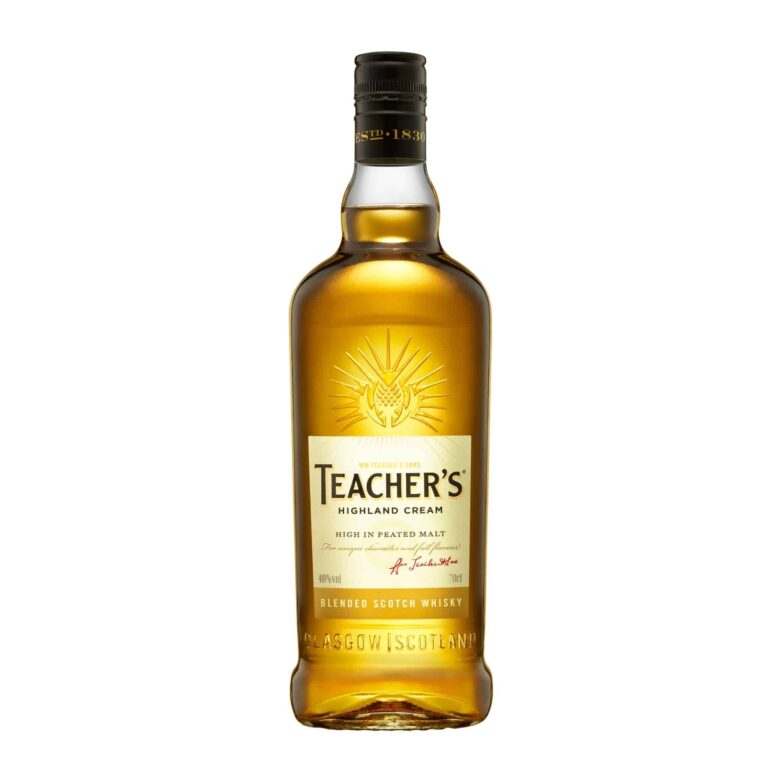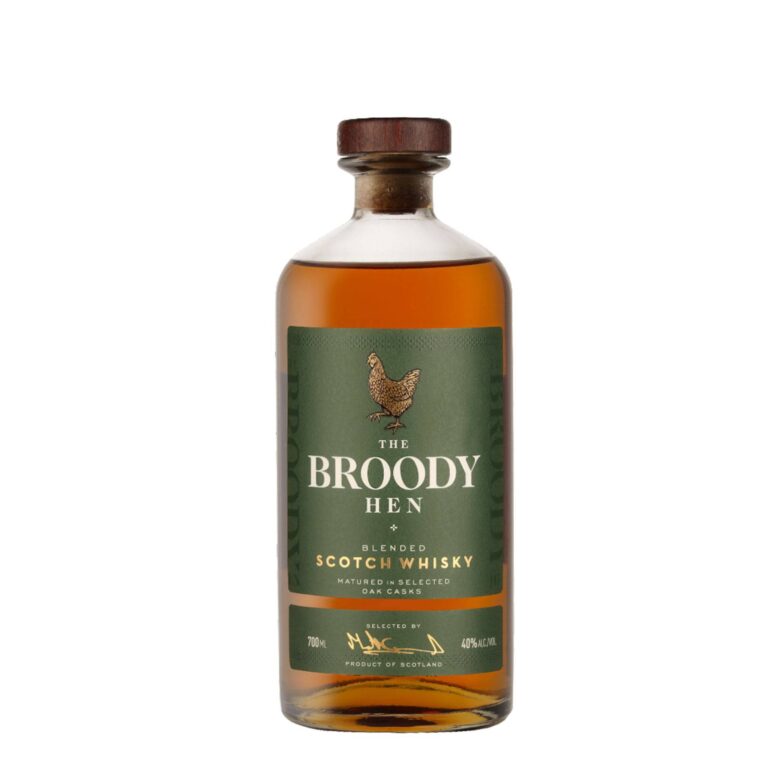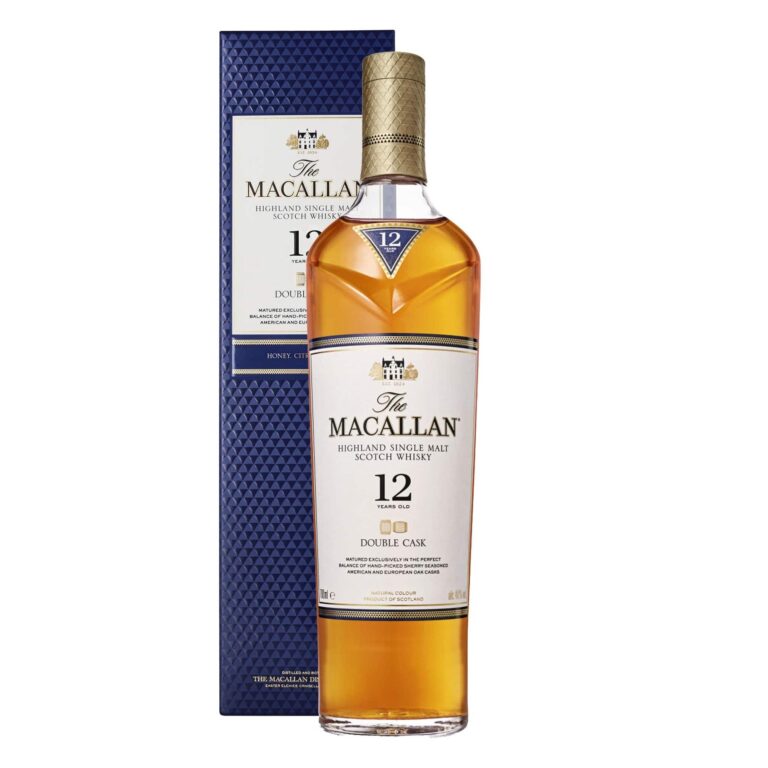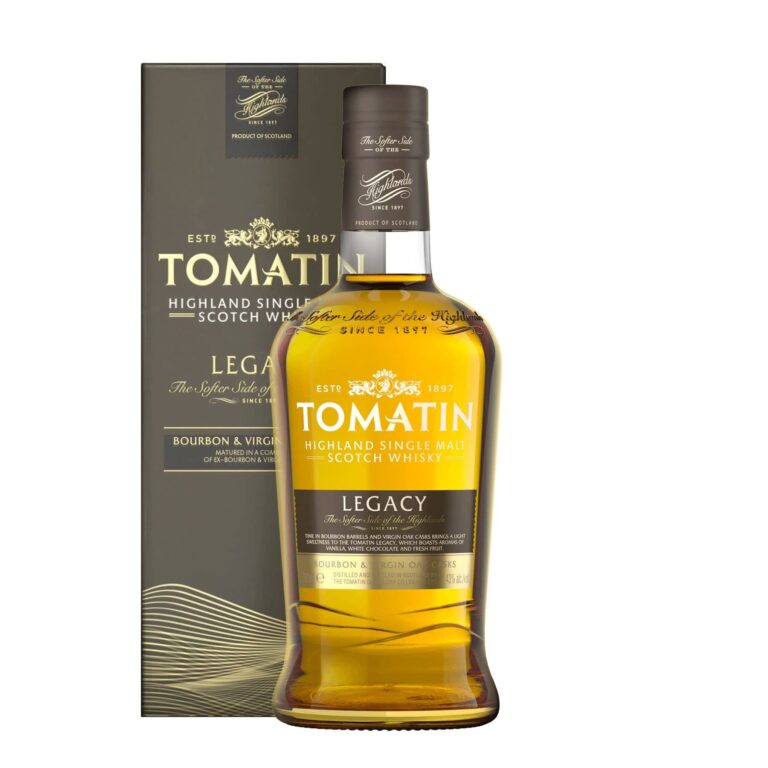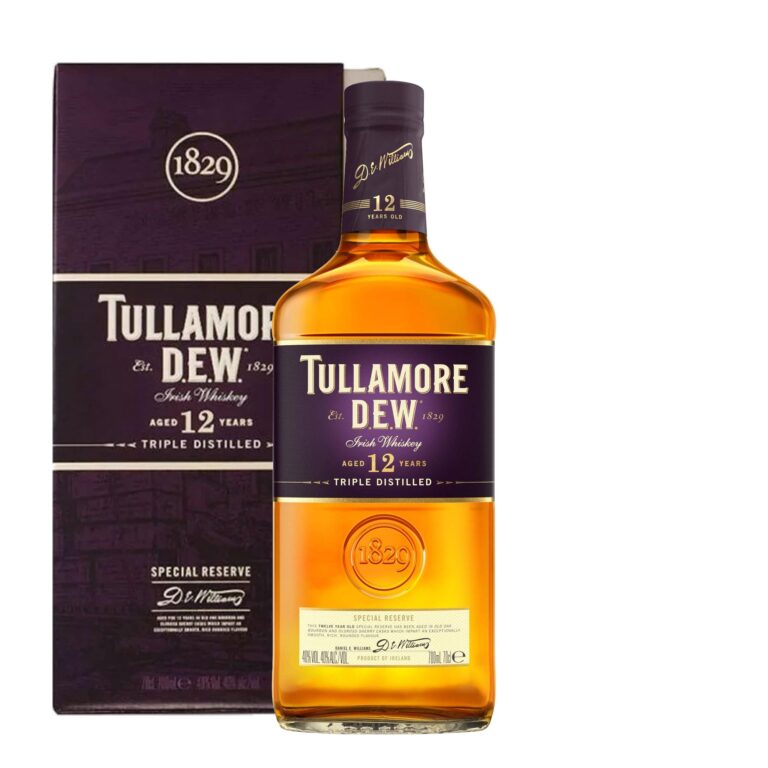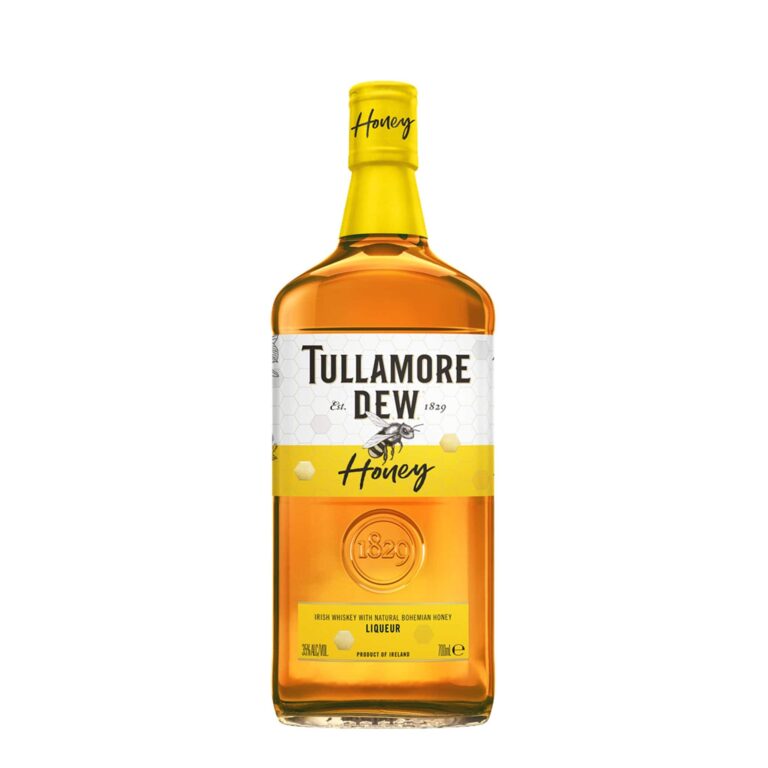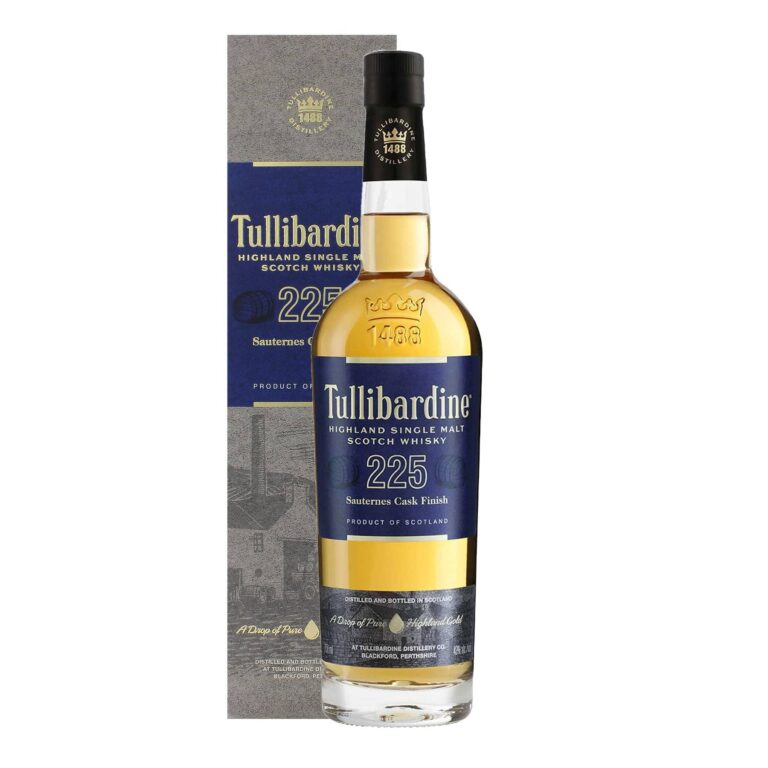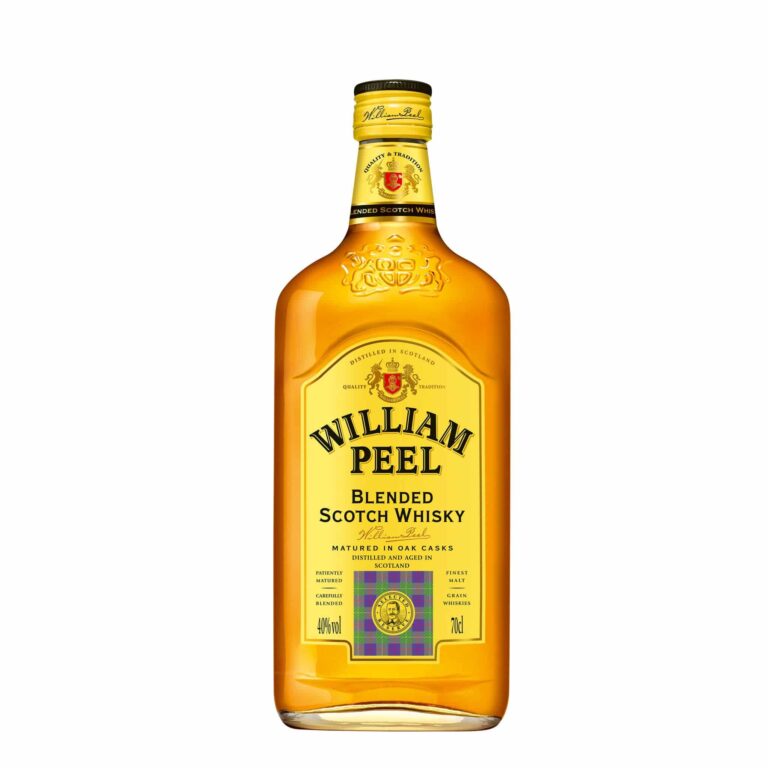Scotch Whisky
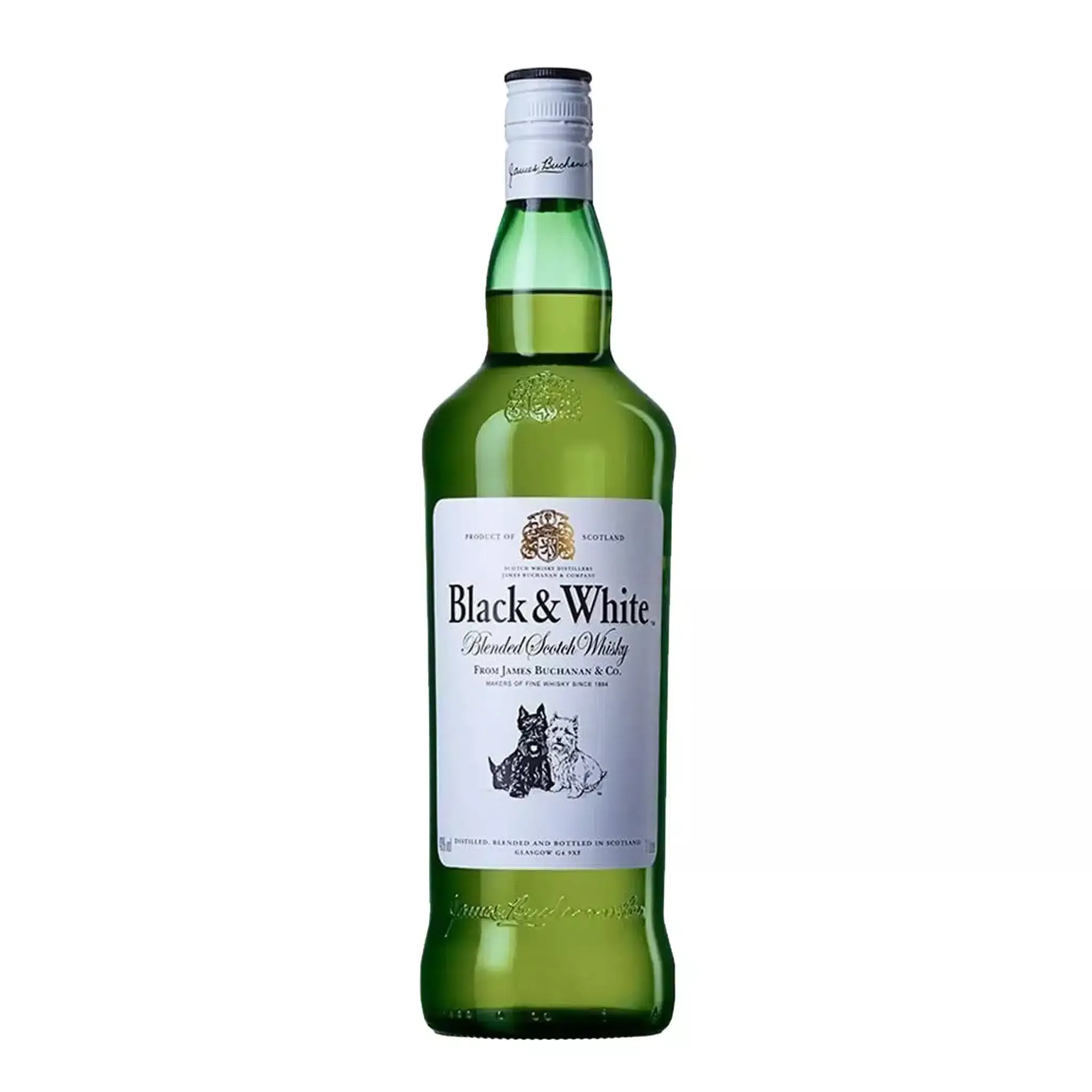
Just What Is Scotch Whisky?
At its core, Scotch whisky is straightforward: it’s whisky made in Scotland, following strict guidelines that secure its heritage and quality. To lawfully be called “Scotch whisky,” it should:
It is distilled and matured in Scotland.
Usage: malted barley (for single malts) or a mix of grains (for blends).
Mature in oak casks for at the very least three years.
Be bottled at no less than 40% ABV (alcohol by volume).
These guidelines might seem strict, but they’re what guarantee every bottle you purchase has that unique Scottish character.
Think about it this way: Champagne can only originate from the Champagne region of France. In the same way, whisky can only be called “Scotch” if it comes from Scotland.
Why Scotch Whisky Stands Out
So, what makes Scotch whisky different from, state, Irish Scotch, bourbon, or Japanese whisky? The response hinges on its terroir– the land, environment, and practices that shape its character. Scotland’s cool climate slows down the growth process, enabling whisky to create intricate flavors gradually. The water, frequently sourced from natural springs, is pureness. And the selection of regions– from the smoky Islay islands to the smooth Lowlands– supplies unbelievable variety in taste.
Simply put: no 2 Scotch whiskies taste specifically the very same, and that’s what makes exploring them so exciting.
The Main Types of Scotch Whisky
When you begin going shopping, you’ll swiftly observe there are a couple of main classifications. Understanding these will certainly make your buying choices much easier.
1. Single Malt Scotch
Made from 100% malted barley.
Created at a single distillery.
Typically thought about the “purer” expression of Scotch
Taste profile: Can vary from light and floral (assume Glenlivet) to rich and smoky (like Laphroaig).
If you wish to taste the distinct character of one distillery, single malt is the way to go.
2. Blended Scotch
A mix of various single malts and grain whiskies.
Created to produce a balanced, constant flavor.
Makes up the majority of Scotch sales worldwide.
Taste profile: Smooth, approachable, and flexible– terrific for beginners or cocktails. Brand Names like Johnnie Walker and Chivas Regal are renowned examples.
If you’re purchasing a very first bottle or trying to find something budget-friendly but trustworthy, blended Scotch is an excellent selection.
3. Single Grain Scotch
Made from various other grains (like wheat or corn) along with malted barley.
Usually lighter and milder in taste.
Hardly ever sold on its own, yet in some cases readily available from specialized brand names.
This type is even more of an interest for collectors or those who wish to check out the complete spectrum of Scotch.
4. Blended Malt Scotch.
A mix of different single malts from various distilleries.
Deals range and imagination without grain whisky.
These can sometimes be excellent value, providing you with complex flavor at a lower cost than premium single malts.
Scotch Whisky Regions: Where Flavor Meets Geography
One of the most exciting aspects of Scotch whisky is how much the region influences taste. Here’s a fast guide:
Highlands: Bold, robust whiskies with a balance of sweetness and spice (e.g., Glenmorangie).
Lowlands: Light, floral, and easy-drinking– ideal for beginners (e.g., Auchentoshan).
Speyside: Known for smooth, fruity, and usually somewhat wonderful whiskies (e.g., Glenfiddich, Macallan).
Islay: Famous for smoky, peaty, sea-influenced tastes (e.g., Ardbeg, Laphroaig).
Campbeltown: Rare, with salty and somewhat smoky notes (e.g., Springbank).
Each region tells a different story, and part of the enjoyable is exploring them to discover what fits your palate.
Selecting Your First Bottle: A Beginner’s Guide
If you’re standing in a UK store or scrolling through an online whisky store, the options can really feel frustrating. Below are a couple of friendly suggestions:
Begin with a spending plan in mind.
Good Scotch does not have to set you back thousands of extra pounds. For around ₤ 30– ₤ 50, you can find outstanding containers.
Decide what style you want.
If you like smooth and wonderful, try a Speyside.
If you desire a smoky journey, go for an Islay.
If you’re uncertain, blended Scotch supplies a safe, balanced entrance.
Think of just how you’ll appreciate it.
Neat, with a dash of water, or over ice?
In cocktails (like a whisky sour)?
Your choice may affect which bottle suits you finest.
Do not overthink it.
Part of the delight of Scotch is trying various bottles gradually. You can not go too far wrong by starting with a popular brand name.
Frequently Asked Questions About Scotch Whisky
1. What is the best Scotch whisky for beginners?
If you’re starting, try to find a Speyside single malt such as Glenfiddich 12 or Glenlivet 12. They’re smooth, a little pleasant, and not as well smoky– perfect for easing into the whisky globe. A blended Scotch like Johnnie Walker Black Label is likewise a safe and inexpensive option.
2. Should Scotch whisky be drunk neat or with water?
There’s no wrong way to appreciate Scotch. Many people like it neat; however, including a little sprinkle of water can open the aromas and make it easier to taste. Try both and see which you enjoy the majority of. If you like it with ice, that’s great as well– it’s your glass.
3. Is older Scotch constantly better?
Not necessarily. While age commonly brings intricacy, older whiskies aren’t constantly “better”– they’re just different. A well-crafted 12-year-old can be more pleasurable than a 25-year-old, depending on your taste. Plus, older whiskies often tend to be a lot more costly.
4. How much should I spend on a great bottle of Scotch in the UK?
For daily pleasure, expect to spend ₤ 30– ₤ 50. This variety includes some excellent single malts and quality blends. If you’re buying a gift or desire something extra unique, ₤ 70– ₤ 100 will open up a lot more one-of-a-kind options. Past that, you’re usually paying for rarity or stature.
5. What’s the distinction between whisky and bourbon?
The spelling depends on where it’s made. Scotch whisky (no “e”) originates from Scotland. Irish whiskey and American whiskey (bourbon, rye) use the “e.” The difference isn’t just punctuation– each has its own character and traditions.
A Friendly Conclusion
Scotch whisky is greater than simply a beverage– it’s a tale in a bottle. Each dram links you to Scotland’s landscapes, practices, and craftsmanship. Whether you’re sipping quietly in the house, sharing a glass with close friends, or gifting a loved one, Scotch has a way of making the moment really feel special.
If you’re in the UK, you have the advantage of simple accessibility to a few of the best whiskies worldwide. From supermarket classics to uncommon treasures in professional stores, there’s a Scotch for every single taste and budget.
So why not start? Grab a container that captures your eye– perhaps a smooth Glenfiddich, a smoky Laphroaig, or a trustworthy blended favourite– and pour on your own a dram. You might uncover a new interest, one sip each time.

